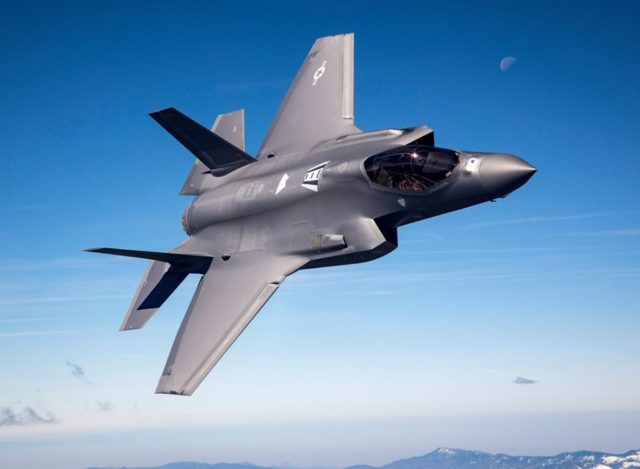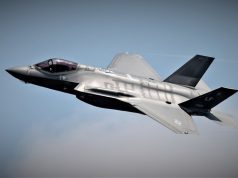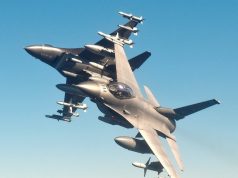The Canadian government has selected the Lockheed Martin-built F-35 as its new fighter jet that will replace the aging CF-18 Hornet fighter fleet.
Canadian defense minister Anita Anand and her public services and procurement counterpart Filomena Tassi revealed the choice at a press conference in Ottawa on March 28. Up to C$19 billion have been earmarked for the procurement.
Canada will now enter into negotiations with Lockheed Martin on the purchase of 88 new fighters as part of the Future Fighter Capability Project.
At the same time, the government is expected to retain the option of entering into agreement with Sweden’s Saab, should negotiations with Lockheed Martin fall through. The Gripen fighter scored second in the competition, after Boeing’s Super Hornet proposal was thrown out after failing to meet one or more program requirements.
It is worth noting that Canada is already an international partner in the F-35 program, alongside the US, UK, Italy, Netherlands, Australia, Norway, and Denmark. Canada has been investing in the Joint Strike Fighter program since 1997, which has provided Canadian industry with the opportunity to become a part of the F-35 supply chain, in addition to securing guaranteed access to the F-35.
It had also committed to the purchase of 65 F-35s in 2010, but eventually backtracked amid cost and capability fears.
Announcing the choice of the F-35 on Monday, the government said the aircraft had undergone continual improvement and has been authorized for operations in multiple allied jurisdictions. The next steps in the project will be to would to ensure the project “meets all of Canada’s requirements and outcomes, including value for money, flexibility, protection against risks, and performance and delivery assurances, as well as high-value economic benefits for Canada’s aerospace and defense industry.”
“It is critical that current and future Royal Canadian Air Force pilots have the most advanced equipment available to ensure they can deliver on the important work that we ask of them. This procurement project for the RCAF – the largest in over three decades – will help ensure Canada can continue to defend North America, enhance our Arctic sovereignty and meet our NATO and NORAD obligations in the face of current and emerging threats. Canadians can be confident that this competitive process will deliver the best results for our Canadian Armed Forces for decades to come,” defense minister Anand said.
The Canadian government is looking to prepare everything for the delivery of aircraft as early as 2025. As part of the preparations, Canada is preparing the two main operating bases for Canada’s future fighter aircraft, 4 Wing Cold Lake and 3 Wing Bagotville, by awarding two contracts to undertake infrastructure upgrades to support the delivery of these future fighters.
On August 27, 2020, the defense ministry announced a C$9.2-million contract to EllisDon in Edmonton for the design of a new fighter jet facility at 4 Wing Cold Lake. Two months later, it announced a $12.1-million contract to EllisDon-EBC Inc. Joint Venture of Ottawa for the design of a new fighter jet facility at 3 Wing Bagotville. This infrastructure will support the long-term maintenance and operation of these new aircraft.
Canada is the second country to opt for the Joint Strike Fighter this month. On March 14, Germany announced it is buying 35 F-35 jets as a replacement for 40-year-old Tornado fleet in the nuclear strike fighter role. The F-35A will take over this role, allowing Germany to continue to honor its nuclear sharing-agreement commitments with the United States from the 1980s.



























